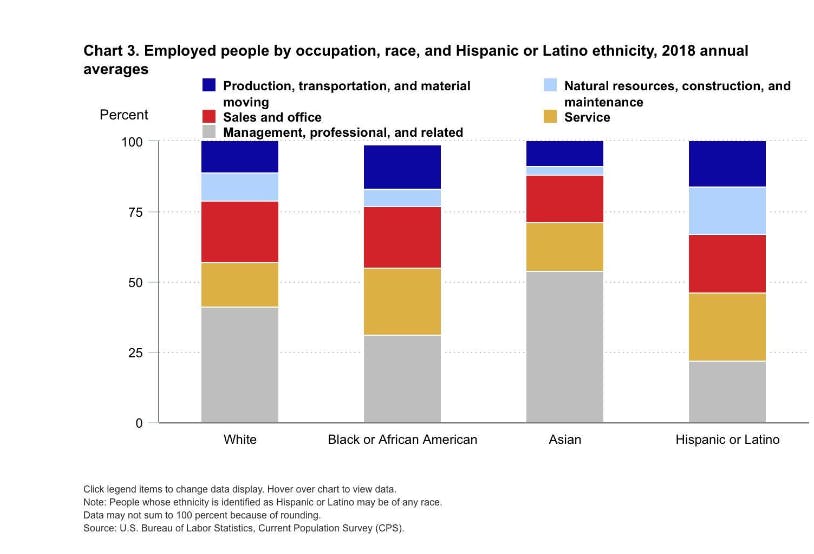If you’ve spent some time on TikTok recently, you may have heard of the term “quiet quitting” from a variety of videos which began with a video by @zaidlepplin. If not, then the term can seem misleading for quiet quitting as a practice has nothing to do with quitting your job. Quiet quitting describes when employees set boundaries to work within their specified work hours and not exceed the expectations of their job description. The “quiet” in quiet quitting denotes that setting these employment boundaries is done without explicitly apprising your employers.
This practice may not sound revolutionary and new and that’s because it’s not. Although quiet quitting has only recently become viral on social media, some have been exercising this for years naturally. However, for some, the practice of quiet quitting, as Zaid Khan, the TikToker @zaidlepplin, must be a conscious decision to deny that the “hustle culture mentality [means] that work has to be your life.” Hustle culture is also known as “burnout culture” for a reason. The working youth are told that, in order to succeed in their professional and/or financial goals, they must go beyond what is required.
But hustle culture isn’t always the solution for people’s success but rather the very obstacle preventing it when fatigue is dragging them down at work. Does this mean quiet quitting is a new solution or a new issue?
The practice of quiet quitting is aligned with our generations’ heightened conscientiousness about mental, physical and social wellbeing. Quiet quitting, when successful, can allow people more time to pursue the simple pleasures in life or explore the more adventurous aspects of life. Either way, quiet quitting prioritizes the person over the profession.
Quiet quitting can also be beneficial for not only the employee but also the employer. Working all hours of the day or taking on other unnecessary duties might eventually put the quality of the employee’s paid work at risk if the time to complete it diminishes. After all, nine times out of ten, quality will trump quantity.
However, there is always that one time where for certain jobs and careers, the importance of quantity far outweighs that of quality. For example, content creation or social media influencing as careers are dependent on public engagement so posting regularly to maintain relevance in the public eye is important. Then again, one could argue whether quiet quitting has any relevance for such careers where the employed and the employer are one and the same.
Also, quiet quitting is reliant on the employee’s ability to set and maintain boundaries in a work setting where boundaries are recognized and respected. Some workers are not so lucky and their attempts at quiet quitting could lead to wrongful termination. Typically, it’s because these workers have low-income jobs; jobs which often do not protect the basic rights let alone the mental wellbeing of their workers.

And according to the U.S Bureau of Labour Statistics’ 2018 study on labour force characteristics by race and ethnicity, it’s members of minority races or ethnicities such as black/African American and Hispanic/Latinos who dominate the low-income jobs in the U.S.
For example, jobs in production, transportation and material moving saw 16% of both Black/African Americans and Hispanic/Latinos workers compared to just 11% of white Americans.
So, the people who are most likely to be the most affected by the lack of workspace boundaries are people of colour in low-income jobs. And so, while social media may position quiet quitting as an option, for a lot of people of colour, it’s just another privilege they don’t have.
And herein lies their only “choice”: their boundaries or their livelihood.
Without the proper labour protections such as minimum working hours, wages and pecuniary benefits in place, on paper and in reality, quiet quitting cannot exist without risk.
Quiet quitting, in encouraging one’s wellbeing over one’s wallet, appeals to many self-care-oriented people. In the right environments with the right job, quiet quitting can even be successful at fostering healthier work settings. But quiet quitting is, in some ways, a luxury that certain people of certain colours, in certain workspaces cannot afford.
Credit From top left to bottom right: Tiktok @zaidleppelin and @saraisthreads



